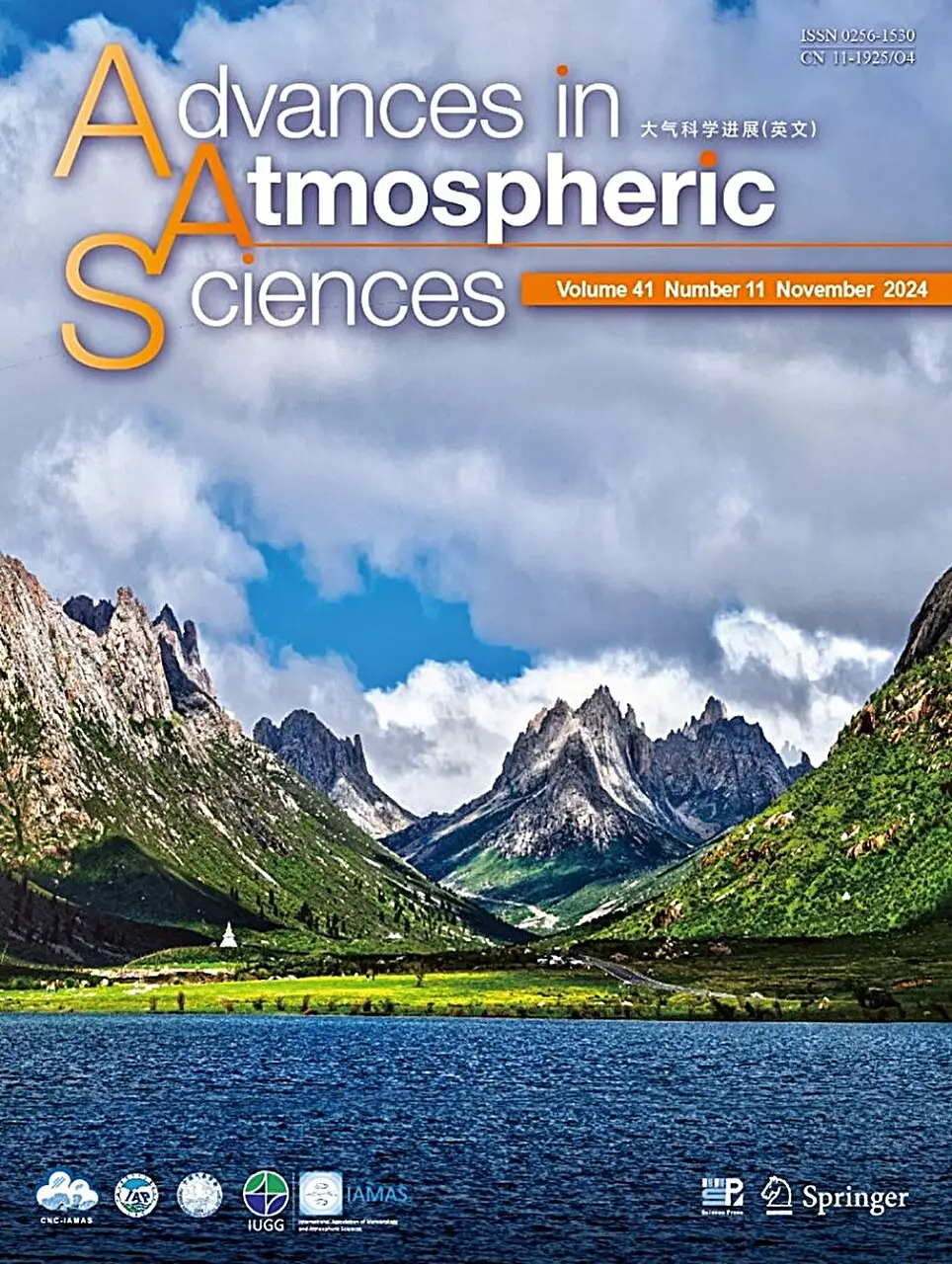Precipitation, a fundamental aspect of Earth’s weather systems, presents a paradox in its dual nature. It serves as an invaluable resource, nourishing agriculture and replenishing freshwater supplies. Conversely, excessive precipitation can wreak havoc, resulting in catastrophic flooding, landslides, and other natural disasters that threaten human safety and infrastructure. As the frequency and intensity of extreme weather patterns increase, the necessity for robust precipitation forecasting becomes ever more pressing. This endeavor, however, is not without its challenges, especially in regions with unique geographical and meteorological characteristics.
One such region of intrigue and complexity is the Tibetan Plateau, often referred to as the “Roof of the World.” This vast expanse, characterized by its high altitude and rugged terrain, poses significant challenges for meteorologists and researchers striving to understand precipitation patterns. Traditional methods of data collection and analysis falter in this unique landscape, primarily due to the confusing interplay between the plateau’s elevation and prevailing atmospheric conditions. Here, the altitude is often comparable to the height of the freezing level, leading to scenarios where distinct types of precipitation may be misidentified. For instance, light convective precipitation could easily be mistaken for stratiform precipitation in the absence of refined analysis techniques.
In light of these complications, a recent study conducted by Prof. Fu Yunfei from the University of Science and Technology of China (USTC) and his colleagues from the China Meteorological Administration provides fresh insights into this pressing issue. The researchers undertook a comprehensive analysis of existing algorithms utilized for identifying precipitation types via satellite. Their findings highlighted critical flaws in these traditional methods, which often rely on overly simplistic classifications that may overlook the nuanced realities presented by the Tibetan landscape.
Historically, precipitation classification relied heavily on binary distinctions — either convective or stratiform. Such an approach fails to capture the myriad of precipitation types that can occur simultaneously, particularly in areas like the Tibetan Plateau where atmospheric conditions are far from uniform. Recognizing this deficiency, Prof. Fu’s team opted for a more sophisticated algorithm that accounts for a range of essential parameters such as maximum reflectivity factor, background reflectivity, and echo top heights. This nuanced framework enables a more detailed classification system encompassing various types of precipitation, thus enhancing predictive accuracy.
The ramifications of this research extend beyond academic interest; they hold substantial implications for weather forecasting and disaster preparedness, particularly for communities residing in mountainous and high-altitude regions. Improved understanding of precipitation dynamics is vital for local agriculture and water management practices that are heavily dependent on accurate weather predictions. According to Prof. Fu, refining the detection and classification of stratiform precipitation remains an area of ongoing research, with aims to solidify the new algorithm’s applicability even further.
To put these challenges into perspective, it is essential to acknowledge that the Tibetan Plateau is not merely a geographical entity but also a cultural and economic crucible for diverse populations. The stability and safety of communities in this region hinge significantly on the ability to predict precipitation patterns accurately. Weather forecasting models grounded in advanced algorithms can enhance the resilience of these communities, providing them with better preparedness for the inevitable extremes of nature.
Future research endeavors will undoubtedly seek to refine the detection capabilities of satellite radar systems, particularly regarding summer stratiform precipitation that poses unique challenges. As the study conducted by Prof. Fu and his team illustrates, the road ahead is ripe with potential for rich discoveries and advancements that could revolutionize the field of meteorology, especially in regions where traditional methods have fallen short.
The intersection of technology, natural science, and community welfare presents an enriching arena for collaborative research. The work done on the Tibetan Plateau exemplifies the kind of innovative thinking required to address pressing environmental issues and enhance our understanding of the complexities inherent in natural phenomena.

